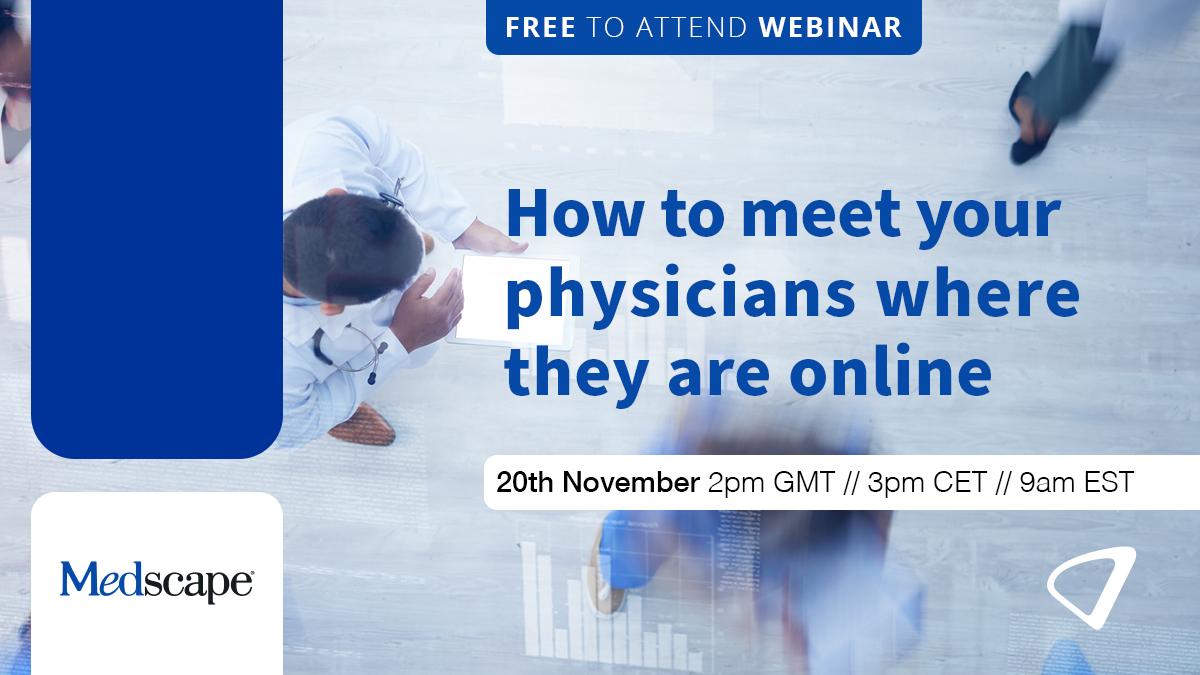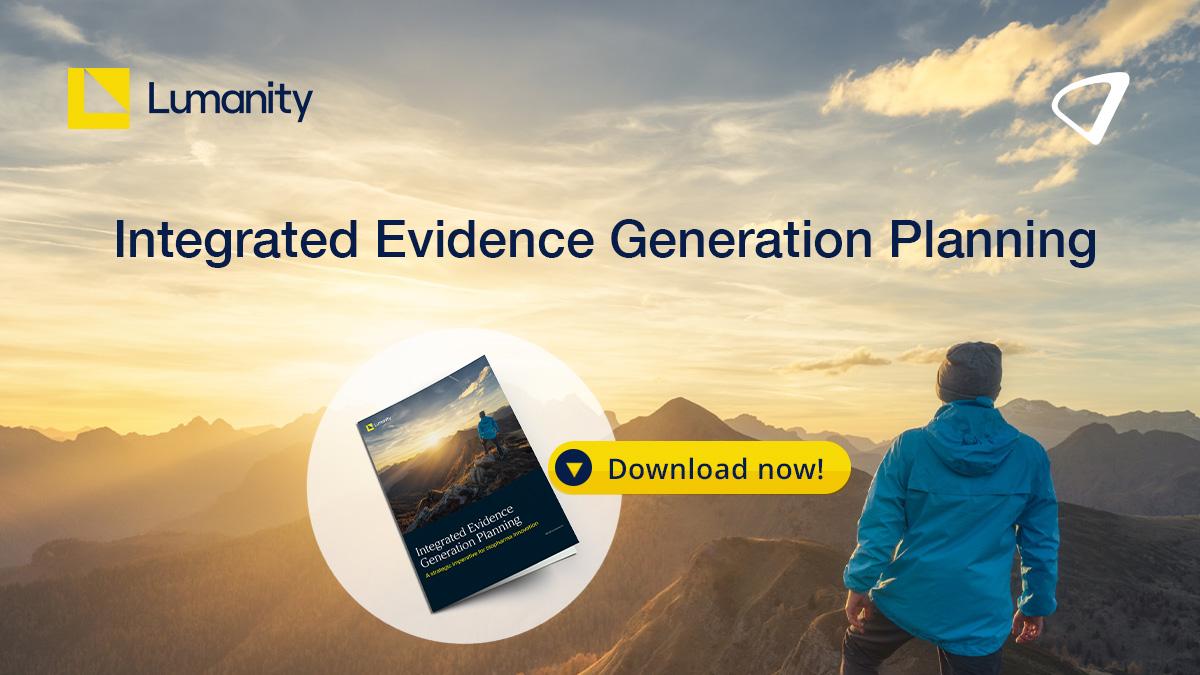Reuters Pharma Europe 2025: Access, AI dominate keynote talks

For Reuters Pharma Europe 2025, pharmaphorum is providing coverage courtesy NAVLIN Daily, a pricing and market access insights report from EVERSANA (pharmaphorum's parent company). You can see the original post, along with more Market Access news, at NAVLIN Daily.
NAVLIN Brief
- In a fitting embodiment of its own themes, this year, Reuters Pharma Europe 2025 is offering an AI-generated summary of each session on its conference app. As someone familiar with the pharma conference circuit, this is the first offering of its kind that I have come across
- The pertinence of this small touch clearly set the tone for a conference that has so far on day one delved into bridging the gap between technological innovation, and actually embedding these developments
- Across the keynote sessions, three key themes emerged: how to meaningfully expand access to medicines, how to navigate policy and regulatory turbulence, and the aforementioned adoption of new technology - read on to find out more
The Details
Moderating the opening panel at the event, Jay Iyer, CEO, Access to Medicine Foundation, argued that “Access needs to be something board members measure themselves against,” alluding to the idea that progress has been hindered by severe funding cuts and geopolitical instability. She also reminded the crowd that there should be progress made in this area later this year, at the UN’s Fourth High-level Meeting on NCDs (HLM4) in September.
Offering practical solutions, Lutz Hegemann, President, Global Health & Swiss Country Affairs, Novartis, called for greater uptake of outcome-based agreements (OBAs) in high-income countries as a blueprint that low- and middle-income countries can follow.
In a session titled “Breakthroughs or Bottlenecks?” Bill Coyle, Global Head of Biopharma, ZS, asked delegates to consider two radically different futures for healthcare. One, a data-rich, AI-enabled “wonderland," and the other a “wasteland” of regulation. He offered a few ways AI is already changing the landscape, like teleconsultations and document authoring, suggesting that despite “not being the sexiest use cases, they have huge impact.”
In reference to geopolitical issues, Coyle said, “There’s a lot of policy noise,” citing U.S. President Trump’s potential Most Favored Nation (MFN) plan and joint Health Technology Assessment (HTA) in Europe, noting that the “trickle-down effect is global.”
The final Wednesday morning keynote explored how to move from short-term experimentation to long-term implementation with various types of AI. “This is the inflection point,” said Teva’s Alyssa Fenoglio, Vice President, Global Head of Digital Commercial. “If you haven’t already started, you’re behind.” She added, “It’s not about waiting for your CEO to tell you what to do. The biggest barrier, but also the biggest key to success, is people.”
Johanna DeYoung, Managing Director, Life Sciences, Slalom, threw a few analogies into the panel discussion, one of the most memorable being: “Agentic AI is like Batman having a Robin who never sleeps,” elaborating that the technology has the ability to act probabilistically and continuously to problem solve, and work beyond fragmented intelligence. She added, “We need to move from being custodians of data to connectors of data. Otherwise, we’re just building skyscrapers on landfills.”
__________
Anna Smith is Head of News at NAVLIN Daily by EVERSANA, covering the latest developments and trends in the global pharmaceutical market access landscape. She specialises in pricing and reimbursement, health technology assessment (HTA), and healthcare policy, as well as on-the-ground reporting at events.












